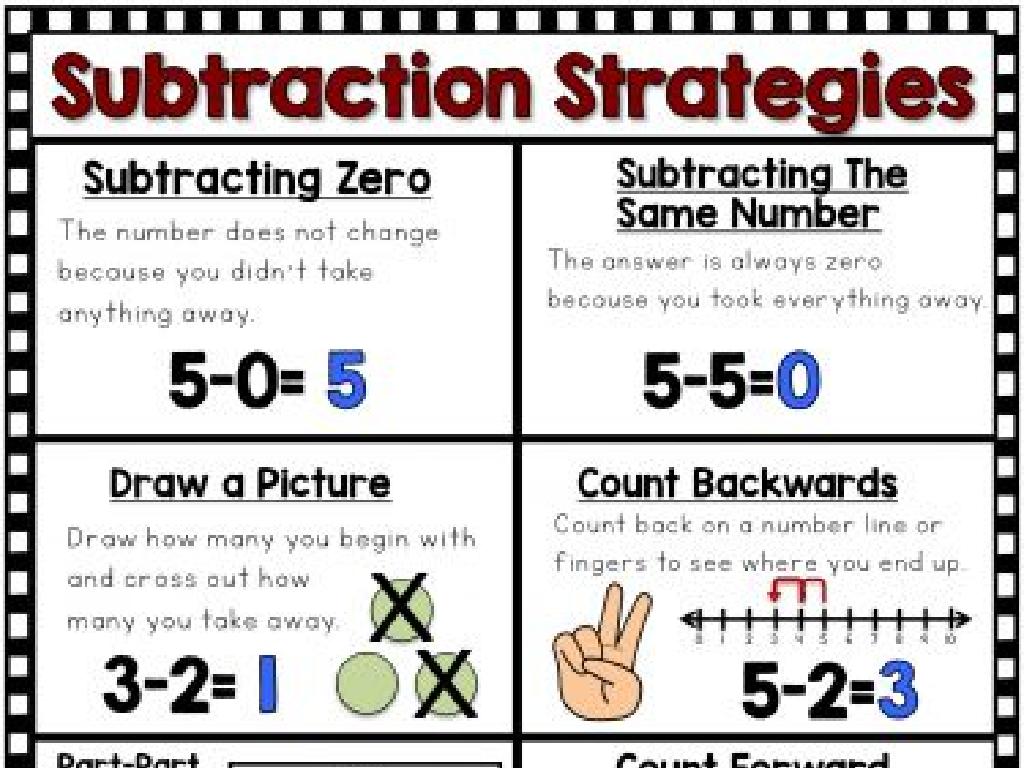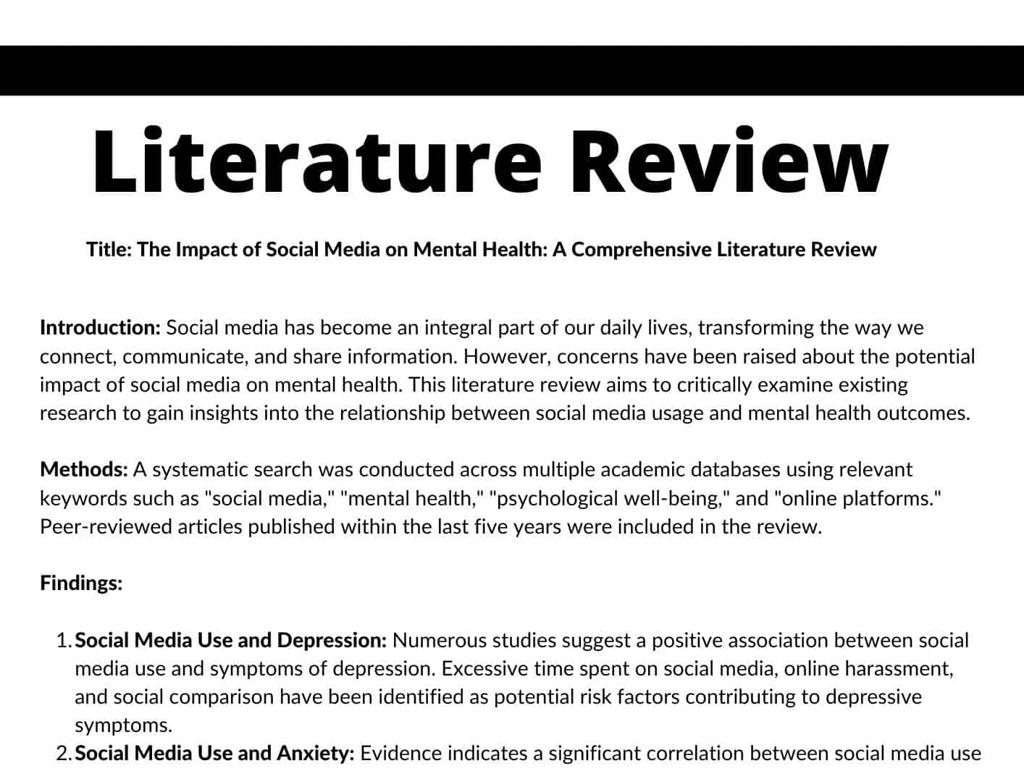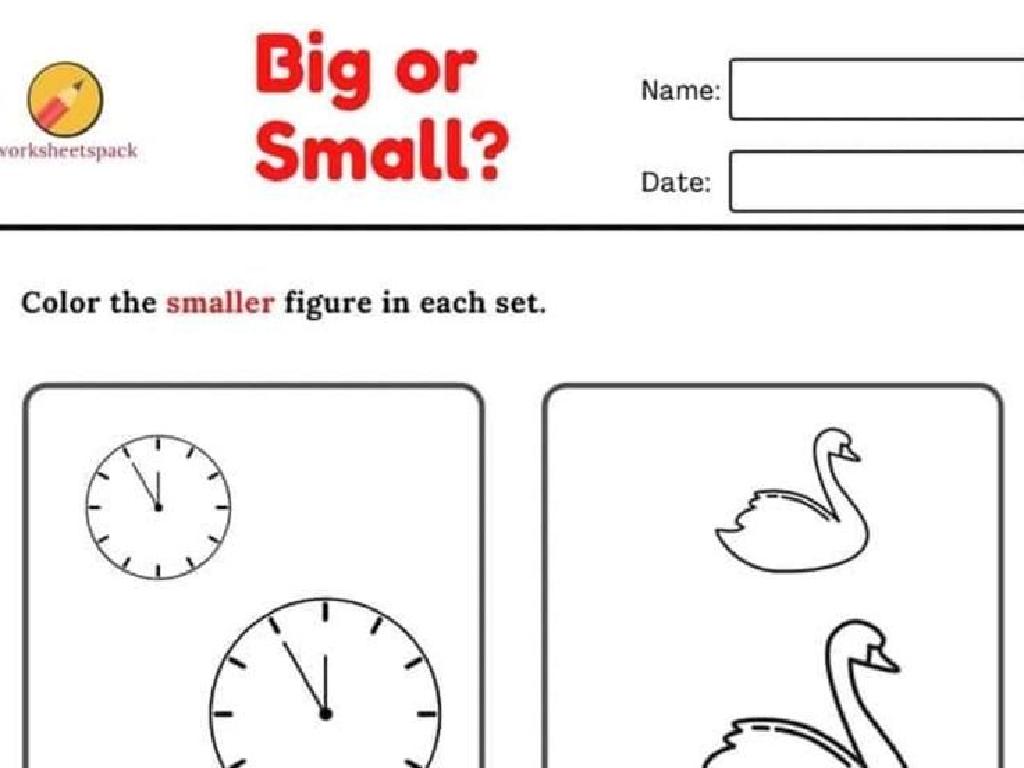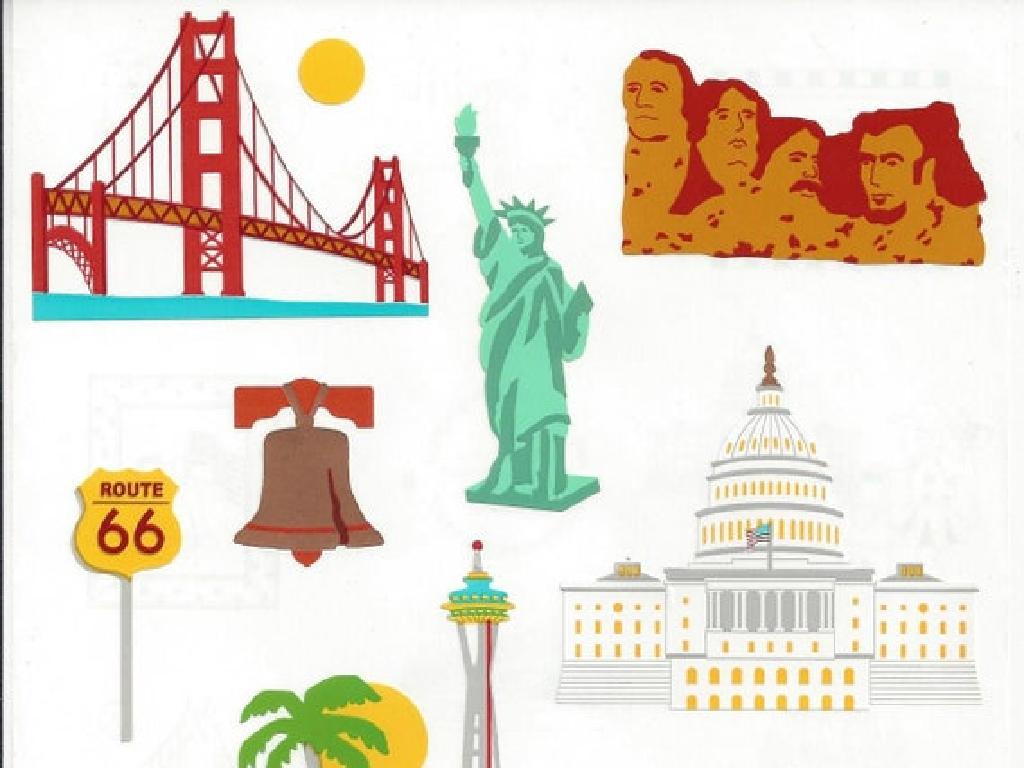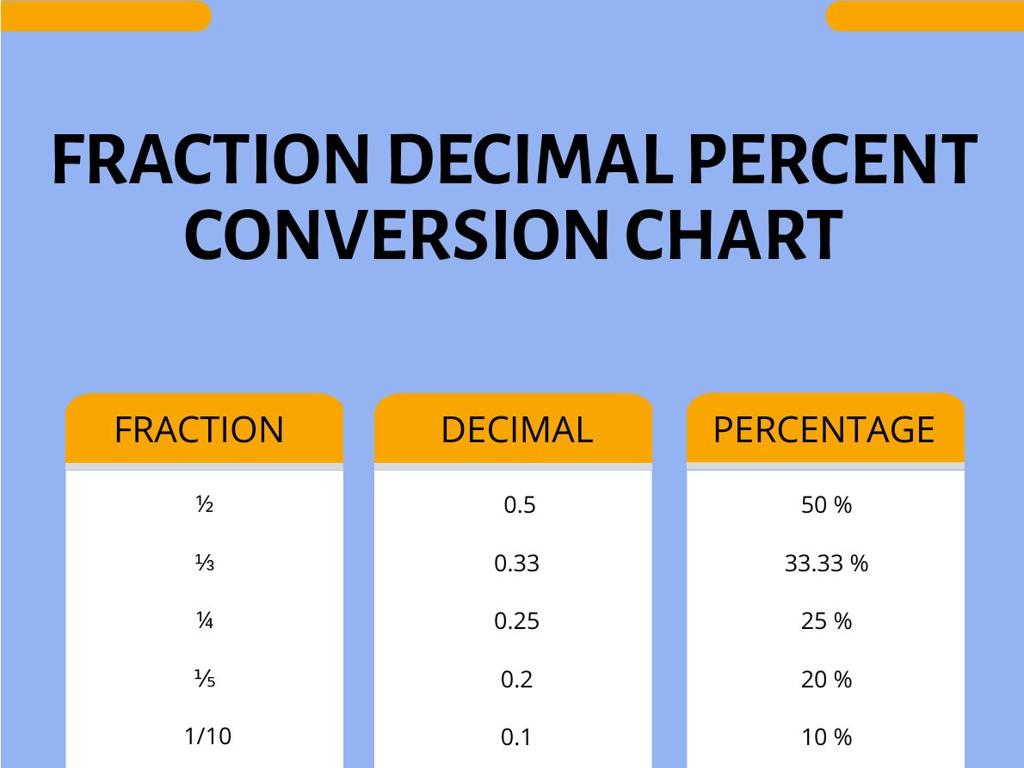Build Cube Trains To Add Up To 5 - Words
Subject: Math
Grade: Kindergarten
Topic: Understand Addition Up To 5
Please LOG IN to download the presentation. Access is available to registered users only.
View More Content
Welcome to Addition!
– Greetings, young math explorers!
– Today’s goal: Add numbers up to 5
– Using cube trains for addition
– Cube trains are blocks joined to represent numbers
– Let’s build and count together
– Example: 2 cubes + 3 cubes makes a train of 5 cubes
|
This slide introduces kindergarteners to the concept of addition in a fun and interactive way. Start by greeting the students warmly to create an inviting learning environment. Explain that the day’s lesson will focus on adding numbers up to 5. Introduce cube trains as a visual and tactile tool to help them understand addition. Demonstrate how to build cube trains by connecting a certain number of cubes together, then adding more to make a new number. For instance, show them how to connect 2 cubes and then add 3 more to make a train of 5 cubes. Encourage the children to participate by building their own cube trains and counting the cubes aloud. This hands-on activity will help solidify their understanding of basic addition.
Learning to Add with Cube Trains
– What is addition?
– Putting together numbers to find a total
– Adding makes totals bigger
– When we add, our number grows!
– The ‘+’ sign means add
– ‘+’ is our special adding sign
– Let’s build cube trains!
– Use cubes to make trains that add up to 5
|
This slide introduces the concept of addition to Kindergarten students. Start by explaining that addition is the process of combining two or more numbers to find out how many there are altogether. Emphasize that when we add, the total number of items we have increases. Show the ‘+’ sign and explain that it is used to tell us when to add numbers together. Engage the students by using physical or visual cube trains to demonstrate addition, making trains of different lengths that all add up to 5. This hands-on activity will help them visualize the concept of addition and understand that the ‘+’ sign indicates combining numbers to find a total. Encourage the students to participate by building their own cube trains and counting the cubes to see the addition in action.
Building Cube Trains to Learn Addition
– What is a cube train?
– A line of cubes stuck together
– Cubes represent numbers
– Each cube is a number to add
– Count cubes for total sum
– Add by counting all the cubes
– Adding up to 5 with cubes
|
This slide introduces the concept of using cube trains to understand addition for Kindergarten students. A cube train is a visual and tactile way to represent addition by connecting cubes together. Each cube represents a number, and by sticking them together, students can see how numbers combine to form a total. The activity involves creating trains of cubes that add up to 5, allowing students to physically manipulate the cubes and count them to find the sum. For the class activity, provide different colored cubes and encourage students to make various combinations that add up to 5, such as 2 cubes + 3 cubes, 4 cubes + 1 cube, etc. This hands-on approach helps solidify the concept of addition in a fun and engaging way.
Let’s Build a Cube Train!
– Start with a single cube
– Add one more to make two
– Can we add more to make five?
– How many more cubes do we need?
– Count each cube in the train
– Practice counting as we add
|
This slide introduces the concept of addition using a hands-on activity suitable for Kindergarten students. Begin with a single cube and demonstrate adding another to make two. Ask the students how many total cubes we can add to reach five, encouraging them to think about the number needed to add to two. As each cube is added to the train, have the students count aloud together, reinforcing the concept of addition and number sequence. The activity should be interactive, allowing each student to physically add cubes to their train. For differentiation, some students can work on reaching numbers less than five, while others may extend beyond five if they’re ready for a challenge.
Adding with Cube Trains
– Start with a 2-cube train
– Add 3 more cubes to it
– Now we have a 5-cube train!
– Let’s count all the cubes together
– Counting from 1 to 5 helps us see the total cubes
|
This slide is designed to introduce Kindergarten students to the concept of addition using a hands-on activity with cube trains. Start by showing them a visual of a train with 2 cubes. Then, add 3 more cubes to the train one by one, allowing the students to visualize the addition process. After combining the cubes, prompt the students to count all the cubes in the new train together, reinforcing the concept that 2 cubes plus 3 cubes equal a total of 5 cubes. This activity can be repeated with different numbers of cubes to continue practicing addition up to 5. Encourage the students to build their own cube trains and count the cubes to ensure they grasp the concept of addition.
Practice Time: Building Cube Trains
– Build your own cube trains
– Each train must total 5 cubes
– Use different colors to add to 5
– Create different combinations
– Try 2+3, 4+1, or 5+0 combinations
– Partner up and compare trains
– Share your trains with a classmate
|
This slide is designed for a hands-on activity where students will apply their understanding of addition within 5 by constructing cube trains. Provide students with a variety of colored cubes and ask them to build different trains where the total number of cubes is 5. Encourage them to explore all possible combinations (e.g., 2 cubes + 3 cubes, 4 cubes + 1 cube, 5 cubes + 0 cubes). Have them work in pairs to foster collaboration and to allow them to compare their cube trains with their peers. This activity will help solidify their understanding of addition and the concept of ‘5’ as a quantity. As a teacher, walk around the classroom to assist and ask questions that prompt further thinking, such as ‘How many different trains can you make?’ or ‘Can you make a train with the same color cubes that still adds up to 5?’
Show and Tell: Cube Trains to Make 5
– Build your cube train
– Show your 5-cube train to class
– Count your cubes out loud
– How did you use the cubes to reach 5?
– Remember, many ways to make 5!
– Maybe 2 cubes then 3 more, or 4 then 1?
|
This slide is for a class activity where students will engage in a hands-on learning experience by building cube trains to understand the concept of addition up to 5. Each student will use physical cubes to create a ‘train’ that adds up to 5. After building, they will present their cube train to the class and explain how they made 5. This activity will help them visualize addition and understand that there are multiple combinations to reach the same sum. For the teacher: Prepare different colored cubes for the activity. Encourage students to explore different combinations to make 5, such as 1+4, 2+3, etc. Have a discussion about the different ways to make 5 and ensure each student has a chance to demonstrate their understanding. Provide guidance and ensure a supportive environment where students feel comfortable sharing.
Class Activity: Cube Train Race
– Let’s build a cube train!
– Each train must add up to 5 cubes.
– Use different colored cubes for counting.
– Race to complete your train.
– Who can finish first?
|
This activity is designed to help Kindergarten students understand addition up to 5 in a fun and interactive way. Set up stations with different colored cubes for the students to use. Explain that each ‘train’ they build should have a total of 5 cubes. Start the race and encourage them to count each cube as they add it to their train. Monitor the students as they work, offering help as needed. Possible variations of the activity could include: using cubes of the same color to represent a number, creating multiple trains that add up to 5, or having students explain their counting process to the class after the race. This will help reinforce the concept of addition and number sense.
Celebrating Our Addition Skills!
– Excellent work with cube trains
– Adding up to 5 like pros
– Applaud yourselves, young mathematicians
– You’re now addition experts!
|
This slide is a celebration of the students’ achievements in learning addition up to 5 using cube trains. It’s important to end the lesson on a positive note, reinforcing their success and boosting their confidence. Encourage the children to give themselves a round of applause, fostering a sense of accomplishment. This positive reinforcement helps them associate learning math with a fun and rewarding experience. As a follow-up, you can suggest that parents continue practicing addition at home with their children using toys or household items to create their own cube trains.

